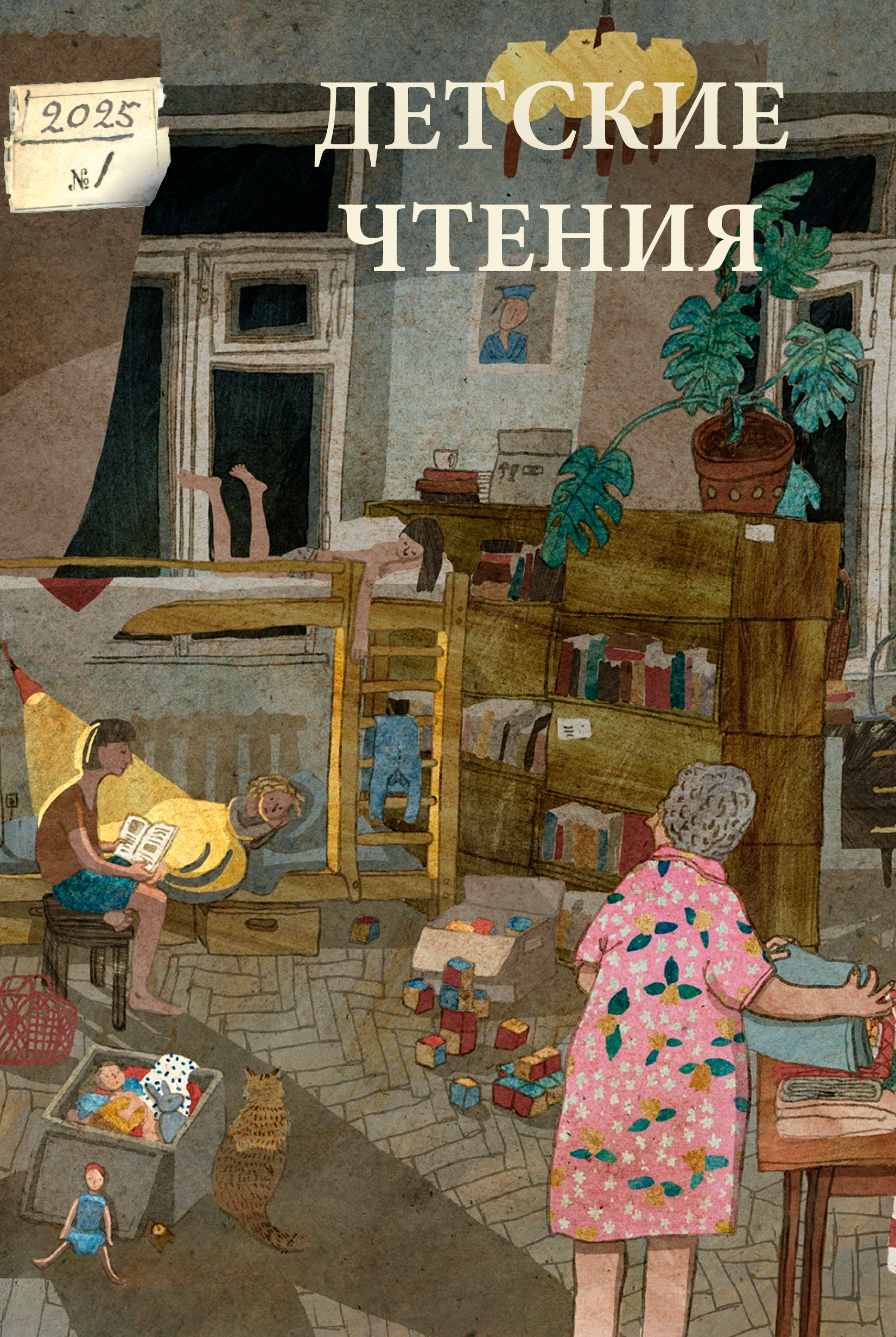THE TEACHER AS ADDRESSEE OF CHILDREN’S LITERATURE
DOI:
https://doi.org/10.31860/2304-5817-2025-1-27-112-129Abstract
Contemporary children’s literature is examined in this article as a form of address to teachers, offering them a mediated perspective on the processes of growing up and gaining independence experienced by children and adolescents. These literary works are considered both through the lens of educators who read and use them in their professional practice, and as artistic explorations of pedagogical processes and personal development. The pedagogical reception of the books under analysis is presented based on interviews with schoolteachers and educators in extracurricular programs, in which they spoke about their personal reading impressions and how the book was perceived by the adolescents with whom they had discussed it. The depiction of a young protagonist’s journey toward independence is considered as a pedagogical statement in literary form, often centered around the concept of the “ideal self-image” or “future self-image.” This may take the form of appropriate behavior, a successful resolution to a problem, or a means of self-expression — since the works most frequently valued by teachers typically include this structural element. A key feature of the “ideal image” offered by contemporary authors is the protagonist’s ability to accept their own imperfections and the world’s disharmony, often through discovering a form of self-expression (e.g., creativity). It is noted that books grounded in a more exploratory approach, which refrain from offering a clear ideal or future model, are generally less in demand among teachers — even when they address explicitly pedagogical themes.
Keywords: contemporary children’s literature, characters, plot, dual address, pedagogical discourse







